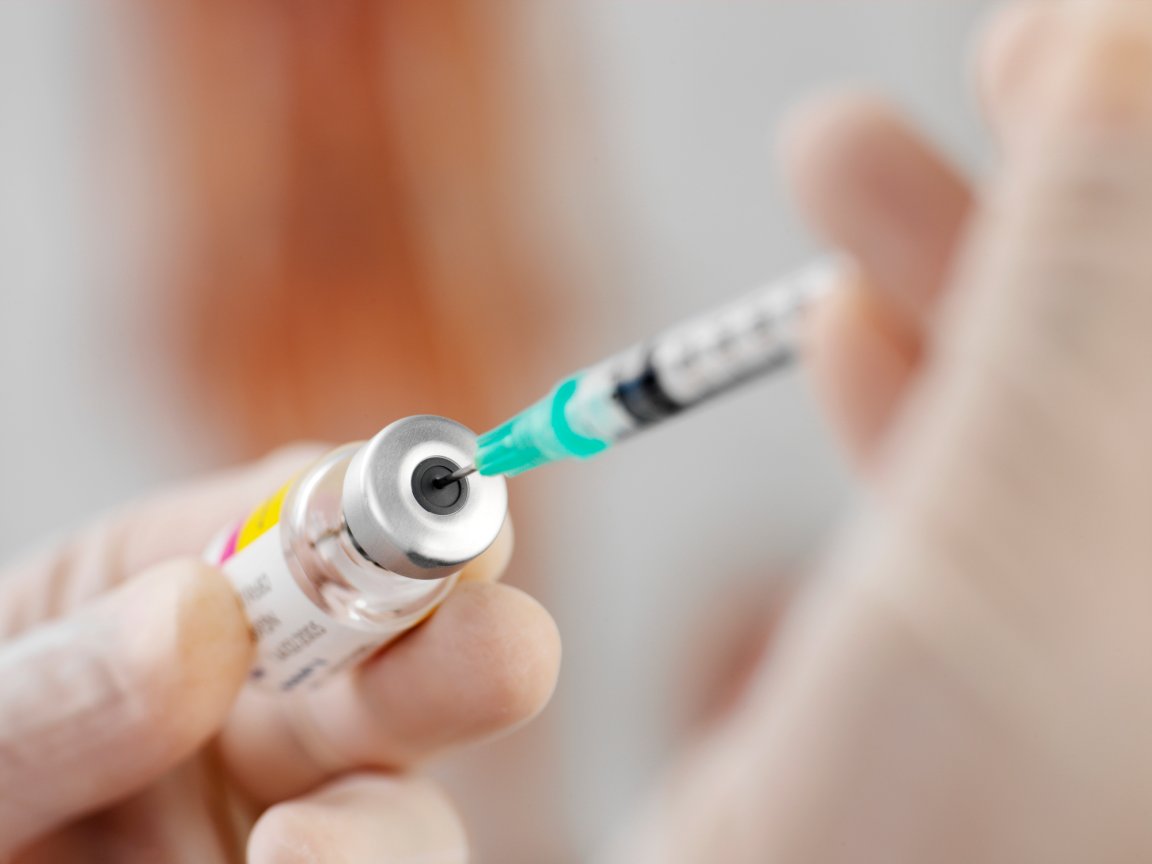
Sealed and Timed
Nobody enjoys getting a shot; especially when you have to get more than one. Currently, there is no way to avoid your booster shots when it comes to allergies, diabetes, or even cases of cancer which require several injections. That may soon change, however, thanks to a new technology, being developed by researchers from the Massachusetts Institute of Technology (MIT), which can deliver multiple doses with just a single injection.
The researchers invented a new 3D fabrication method, inspired by computer chip manufacturing, which develops drug-carrying particles into cups. The particles are made from an FDA-approved and biocompatible polymer called PLGA, designed to degrade at different rates to release the doses at different times.
“Each layer is first fabricated on its own, and then they’re assembled together,” Ana Jaklenec, co-author of the new study published in the journal Science, said in a press release. “Part of the novelty is really in how we align and seal the layers. In doing so we developed a new method that can make structures which current 3-D printing methods cannot.” They’re calling the method SEAL, which stands for StampEd Assembly of polymer Layers.

Efficient and Effective
How the particles were made, as well as how these cups deliver drugs in doses, are particularly innovative. In lab tests with mice, they successfully delivered a drug in sharp burst doses over intervals of 9, 20, and 41 days after injection. “What’s novel here is that the sharpness of how quickly the drug releases from the particle and the fact there is no leakage at all from the particle until [then],” Jaklenec explained to The Guardian.
The researchers expect this new method to be especially beneficial in developing countries, where there might be limited access to vaccines. “One of the main limitations there is access to vaccines and the fact that you have to come back several times in order to get immunity from the pathogen,” Jaklenec added. “A child or a baby is usually seen once, sometime around the birth time by some sort of healthcare worker.”
One challenge remains, however. The researchers still have to find a way to stabilize all these vaccines inside the body at higher temperatures over time, as these drugs are usually stored in refrigerators. Nevertheless, significant progress has been made with this research which so far shows an innovative way to deliver vaccines.
As MIT’s Robert Langer explained in the press release, “We are very excited about this work because, for the first time, we can create a library of tiny, encased vaccine particles, each programmed to release at a precise, predictable time, so that people could potentially receive a single injection that, in effect, would have multiple boosters already built into it.”